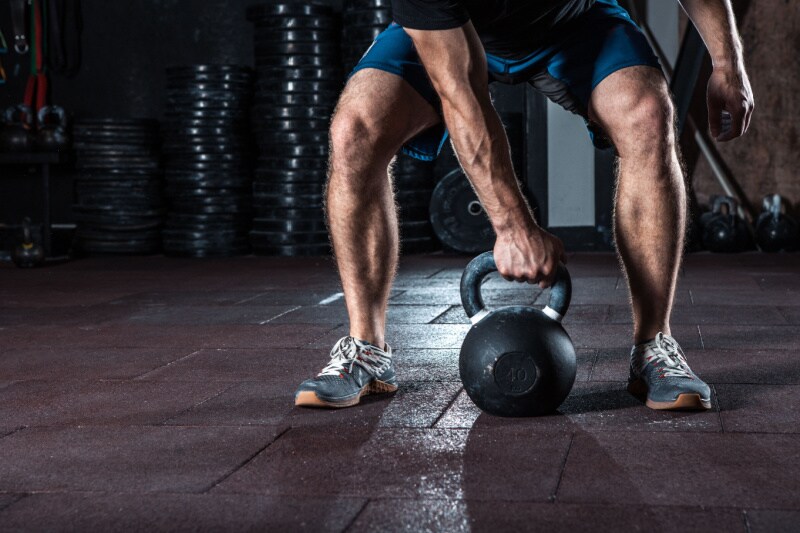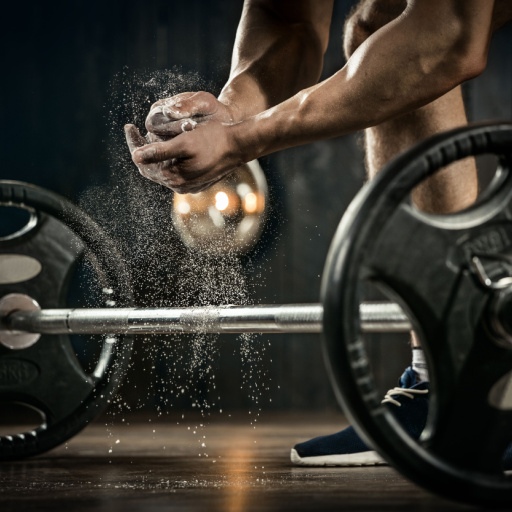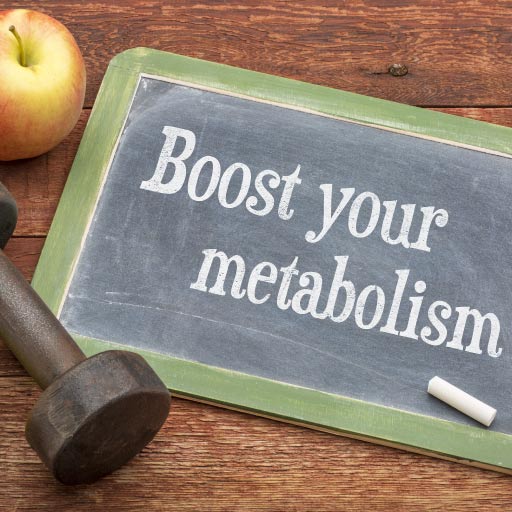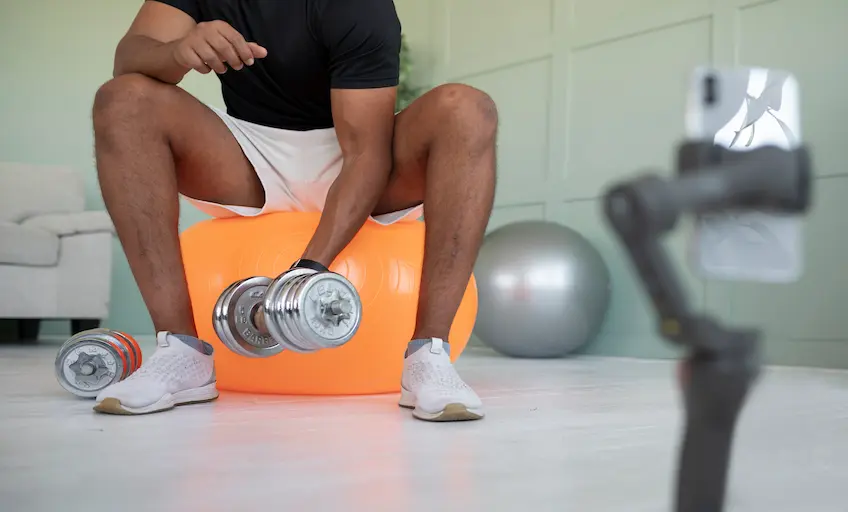Muscle contraction is the sudden shortening and lengthening movements of muscles as a result of practising different types of physical activities. It can also occur when you are involved in some strenuous activity or exercise with weights. Various types of muscle contraction are often followed by muscle relaxation, wherein the contracted muscles return to their normal state.
What is muscle contraction?
The process of muscle contraction starts when the brain sends a signal through the somatic nervous system to the motor neurons, which are linked to multiple muscle fibers. A single motor neuron can connect with numerous muscle fibers via its axon terminals, facilitating the muscles to tighten together. Then, your motor neuron transmits a signal to the muscle fibers, causing them to contract. A motor neuron is responsible for stimulating muscle fibers to start muscle contraction. Acetylcholine, a neurotransmitter, diffuses across your body’s synaptic clefts to initiate muscle contraction movements. Furthermore, they attach to the muscle fiber receptors near your body parts. This interaction between the brain, neurons, and muscles is called muscle contraction.
Significance of muscle contraction in your body
Muscle contractions are vital for various functions, such as:
- Stabilizing joints and connective tissues: Muscles change their size by lengthening or contracting, often automatically, based on body movements.
- Maintaining body temperature: Around 40% of the heat your body generates comes from muscle movement. Shivering, for instance, is how the body stimulates skeletal muscles to produce heat when it’s cold.
- Maintaining posture: Muscles play a key role in enabling you to maintain different positions, like sitting or standing upright.
Different types of muscle contraction

Here are different types of muscle contraction you might experience:
Isometric contraction
This type of muscle contraction happens when the muscle length remains constant when the tension is produced. For example, consider holding the dumbbell in a static position while doing a biceps curl. However, remember that the forces generated by this type of muscle contraction are much more than during concentric contractions. Listen to your body and take it slow. Muscles can get injured during this.
Concentric contraction
Concentric contraction can be defined by muscle contractions when your muscles are actively shortened. Your muscles do this to create a force for lifting something heavy. However, concentric contraction only occurs when the load exceeds your muscle’s capacity. Concentric contraction makes your arm bend at the elbow to lift the weight towards your shoulder. Intense cycling and working on heavy weights shorten your sarcomere and muscle fibers.
Eccentric contraction
Eccentric contraction forces your muscles to stretch while creating force. These types of muscle contractions can occur both involuntarily and voluntarily. An example of eccentric contraction of muscles is lowering heavy weights. Your muscle has to remain super tight to lower the weight stably. When the weight being lifted is too heavy, your muscles may build up tension, resulting in involuntary muscle contraction movements.
Isotonic contraction
These types of muscle contractions occur when your muscles remain untouched, even with changes in your muscle length. Isotonic contraction is further subdivided into concentric and eccentric muscle contraction. This type of muscle contraction makes limb movements without changing the muscle tension.
Isokinetic contraction
This contraction has a constant speed at which your limbs move around a joint. Typically, the speed of the limb movement can be maintained by a dynamometer, a device that can help you measure the force your muscles apply.
Incorporating a variety of muscle contractions

Different types of muscle contraction have different purposes. For instance, isometric movements strengthen muscles for every movement, while concentric and eccentric muscle contractions can help you lift something heavy.
How does it impact your exercise?
Here is how muscle contractions affect your exercise:
- These exercises involving muscle contractions can lower systolic and diastolic blood pressure levels.
- They can help you recover from injuries such as a torn rotator cuff, providing shoulder support.
- Muscle contraction exercises can also improve your spinal health and enhance overall body stability and posture.
- Isometric muscle contraction exercises can be done with resistance bands and dumbbells, requiring no extra space.
Various types of muscle contraction occur when parts of your body accumulate tension. Consider doing these movements evenly for balance and to avoid muscle pulls.
Key Takeaways
- Muscle contraction can stabilize joints, maintain body temperature, and maintain posture.
- Isometric, concentric, and isotonic contractions are some different types.
- Exercises involving them can lower blood pressure, improve spinal health, and help you recover from injuries.
Stay tuned to the Activ Living Community. Keep up to date with the latest health tips and trends through expert videos, podcasts, articles, and much more in nutrition, fitness, mindfulness, and lifestyle conditions like Asthma, Blood Pressure, Cholesterol, and Diabetes. Activ Living ke saath sahi sehat ki shuruaat ABHIkaro.
You may also be interested in the following blogs:
- Which Foods Can New Mothers Eat To Maximize Their Nutrition Intake?
- What Are Trans Fat Foods, And What Are Healthier Trans Fat-Free Food Alternatives?
Popular Searches
How to lower blood pressure | Fruits good for liver | Unhealthy foods | Ragi Benefits | Basal Metabolic Rate | Acupressure points for High Blood Pressure | Ayurvedic medicine for blood pressure | How to control cholesterol at home | Homeopathy for Asthma | Biological Age | Home remedies for TB | Natural beta blockers | Negative effects of internet | Types of walking | Blood pressure calculator | Blood sugar calculator | BMI Calculator





 1800-270-7000
1800-270-7000






